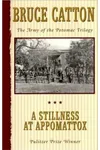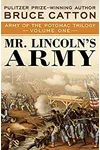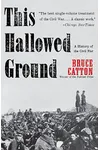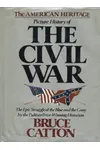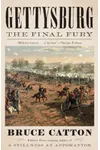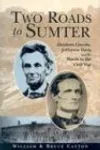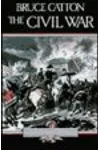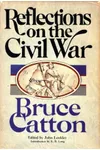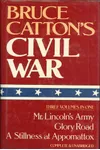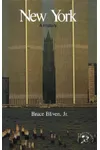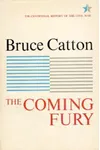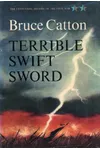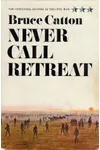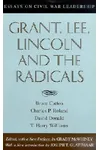Picture an American storyteller who turned dusty Civil War archives into page-turning sagas—meet Bruce Catton! Born in 1899, this Pulitzer Prize-winning historian didn’t just write history; he brought the clash of Union and Confederate soldiers to life with a journalist’s flair. His vivid narratives, especially in the Army of the Potomac trilogy, made the Civil War feel as immediate as today’s headlines.
Catton’s knack for blending meticulous research with gripping storytelling revolutionized how we understand America’s most defining conflict. Ready to march through his life and legacy? Let’s dive in!
The Making of Bruce Catton
Bruce Catton was born on October 9, 1899, in Petoskey, Michigan, a small town that sparked his imagination. Raised in Benzonia, he soaked up stories of the past from Civil War veterans, planting seeds for his future obsession. After studying at Oberlin College, he skipped a degree to chase journalism, honing his crisp, engaging style at newspapers like the Cleveland News and Boston American. This real-world grit shaped his ability to make history accessible and thrilling.
World War II shifted Catton’s path. Working for the War Production Board, he saw parallels between modern conflict and the Civil War, fueling his desire to write history that resonated. By the 1950s, he was ready to trade newsrooms for battlefields, launching a career that would redefine historical writing.
Bruce Catton’s Unforgettable Stories
Catton’s books are like time machines, dropping readers into the muddy trenches and smoky camps of the Civil War. His Army of the Potomac trilogy—Mr. Lincoln’s Army (1951), Glory Road (1952), and A Stillness at Appomattox (1953)—is his crown jewel. These books trace the Union’s Army of the Potomac through triumphs and tragedies, with a focus on soldiers’ human experiences. A Stillness at Appomattox won both the Pulitzer Prize and National Book Award for its lyrical, almost novelistic depth.
He didn’t stop there. This Hallowed Ground (1956) offers a one-volume epic of the war’s Union perspective, while The Coming Fury (1961), part of his Centennial History trilogy, dives into the war’s chaotic origins. Catton’s style? Think vivid imagery, emotional resonance, and a journalist’s eye for detail. He wove primary sources—letters, diaries, reports—into narratives that pulse with life, making generals and privates equally relatable.
Unlike dry academic tomes, Catton’s works read like stories, blending scholarship with heart. His focus on the human cost of war, from battlefield heroics to quiet moments of doubt, set him apart. He wasn’t just chronicling events; he was capturing the soul of a nation at war with itself.
Why Bruce Catton Matters
Bruce Catton didn’t just write about the Civil War—he made it personal. His books brought history to the masses, inspiring generations of readers and historians. Before Catton, Civil War scholarship often felt elitist; he democratized it, proving history could be both rigorous and riveting. His work influenced popular historians like Shelby Foote and Ken Burns, whose Civil War documentary owes a debt to Catton’s narrative flair.
Catton’s legacy endures through awards like the Presidential Medal of Freedom (1977) and the continued relevance of his books. He showed us that history isn’t just facts—it’s people, choices, and sacrifices. His storytelling reminds us why the Civil War still shapes America’s identity today.
About Bruce Catton
- Born: October 9, 1899, in Petoskey, Michigan
- Key Works: Army of the Potomac trilogy, This Hallowed Ground, Centennial History trilogy
- Awards: Pulitzer Prize (1954), National Book Award (1954), Presidential Medal of Freedom (1977)
- Died: August 28, 1978, in Frankfort, Michigan
Want to feel the pulse of the Civil War? Snag A Stillness at Appomattox and dive into Bruce Catton’s unforgettable storytelling!
